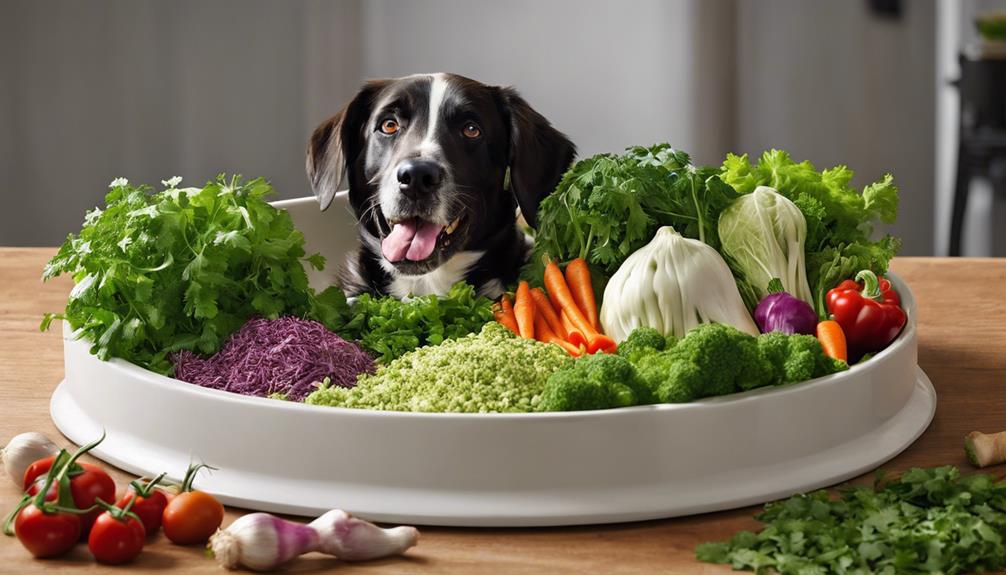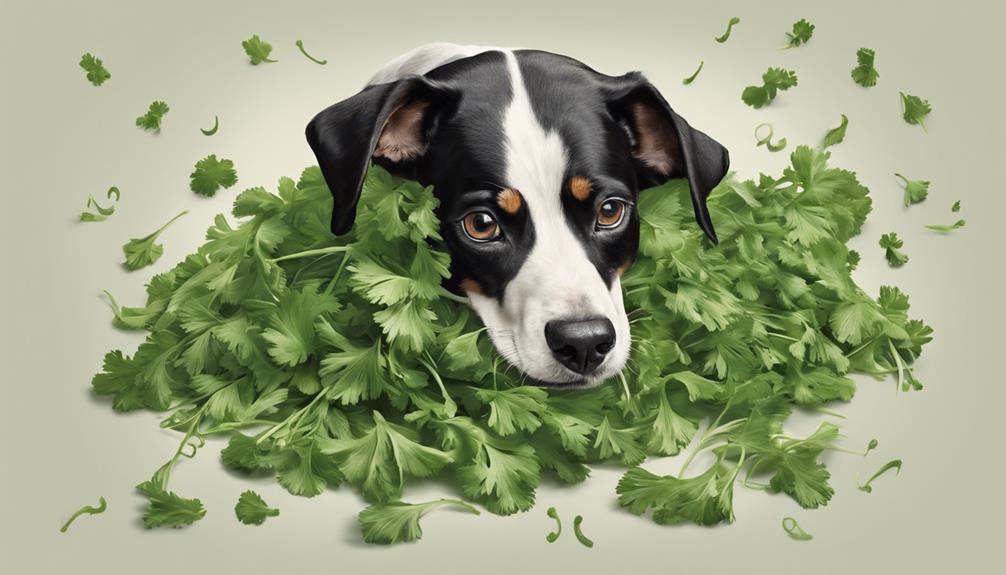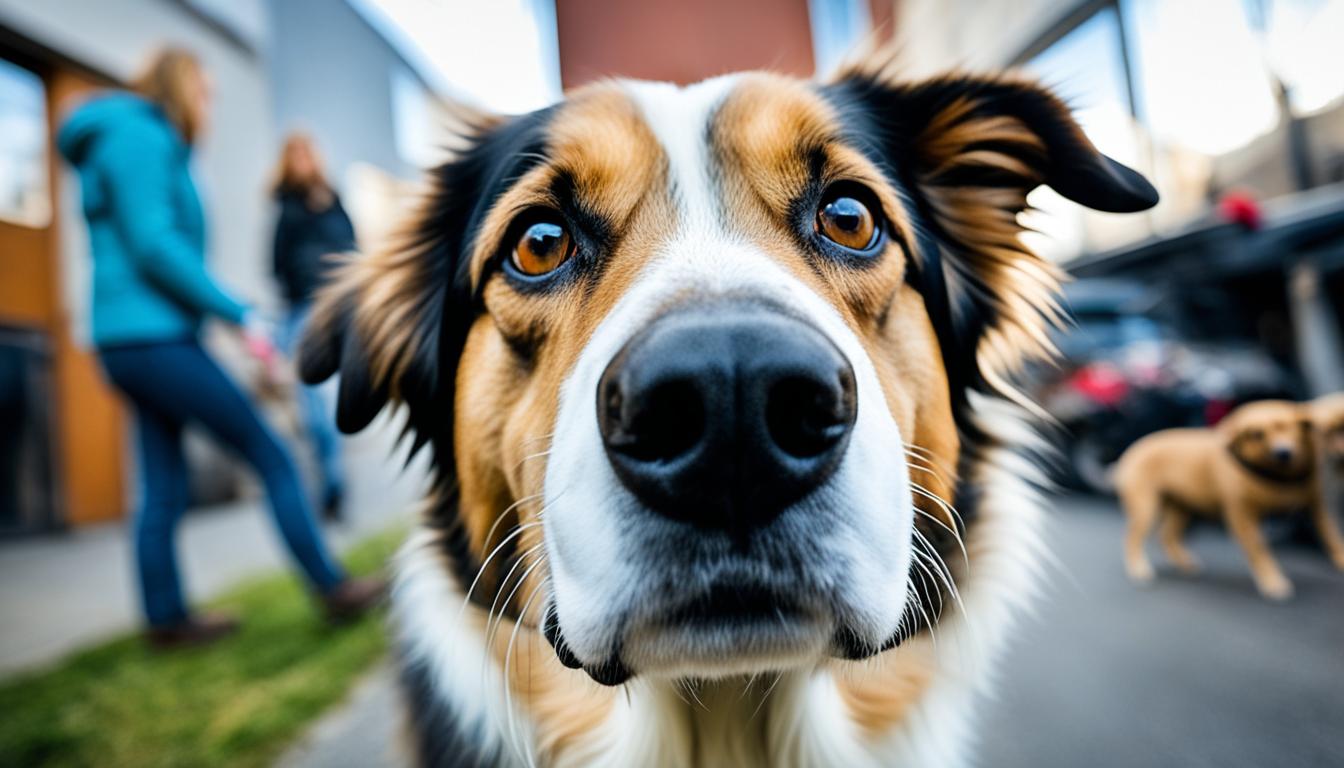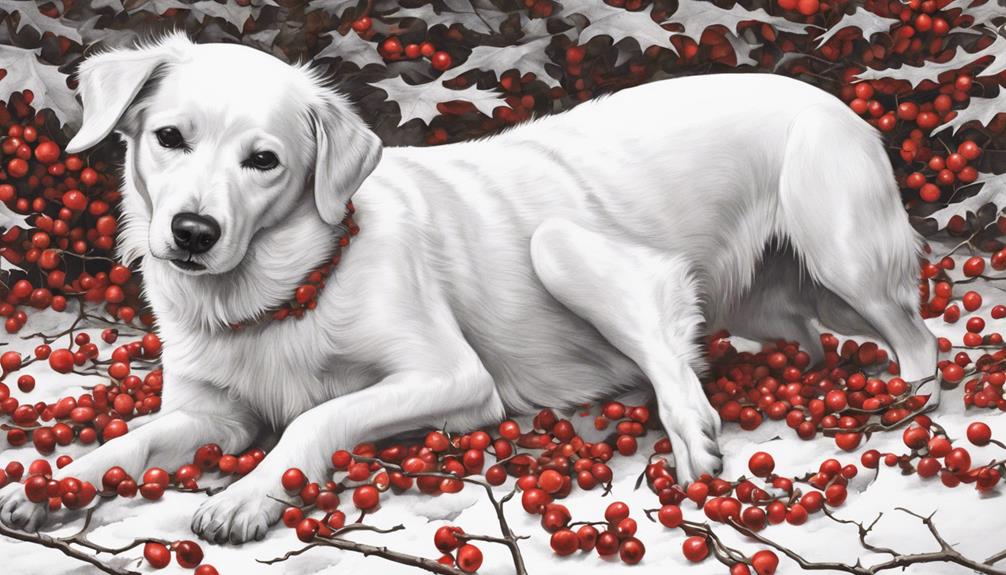Cilantro can be safe for dogs in small quantities. It is recommended to feed the leaves for easier digestion and use it as a garnish on regular food. Before giving cilantro to your dog, consult with a vet. Be alert for any negative reactions after consumption. Small portions can help prevent stomach issues. Avoid feeding the stems, as they are not safe for dogs. Introduce cilantro slowly to avoid upsetting your dog’s stomach. Remember that your dog’s diet is important. Understanding the impact of cilantro on canines is crucial. Learn more about the effects of cilantro on dogs.
Key Takeaways
- Cilantro is safe for dogs in moderation.
- Start with small amounts to prevent stomach issues.
- Avoid feeding toxic parts like stems.
- Monitor for adverse reactions after consumption.
- Consult with a veterinarian before feeding cilantro.
Safety of Cilantro for Dogs
Cilantro is generally safe for dogs to consume in moderate amounts, providing essential nutrients such as calcium and vitamins. When deciding to feed dogs cilantro, it's vital to focus on the leaves rather than the stems. The leaves are easier to digest and less likely to cause gastrointestinal issues in our furry friends.
To incorporate cilantro into your dog's diet, consider dicing up the leaves and using them as a garnish on their regular food. This method can help avoid stomach irritation and potential food aversion. However, it's always wise to consult with a veterinarian before introducing new foods like cilantro to your dog. Veterinarians can provide personalized advice based on your pet's specific needs and health conditions.
Additionally, it's crucial to monitor your dog for any adverse reactions after consuming cilantro. If you notice any stomach problems or signs of aversion, it's best to discontinue feeding cilantro and consult with your vet promptly.
Moderation Is Key

To prevent digestive upset in dogs, maintaining moderation in feeding cilantro is essential. Here are three key points to keep in mind when offering cilantro to your furry friend:
- Offer in Small Amounts: When giving cilantro to your dog, make sure you provide only a small quantity. Too much cilantro can lead to stomach issues like upset stomach or loose stools.
- Monitor for Signs of Discomfort: Keep an eye on your dog after introducing cilantro into their diet. If you notice any signs of stomach irritation such as vomiting or diarrhea, it's important to stop giving them cilantro immediately.
- Avoid Toxic Parts: Stick to offering the leaves of cilantro to your dog as the stems can be harder for them to digest. By dicing up the leaves and sprinkling a small amount on their food, you can introduce cilantro safely and in moderation. Remember, moderation is key to keeping your pup happy and healthy!
Potential Digestive Issues

Digestive problems can arise in dogs if they consume excessive amounts of cilantro. Some pups may experience an upset stomach or loose stools after eating cilantro.
To prevent these issues, it's important to introduce cilantro in small amounts. By starting with small portions, you can monitor your furry friend for any signs of stomach irritation. If your dog shows symptoms like vomiting or diarrhea, it's best to stop feeding them cilantro immediately.
Keeping a close eye on your dog after introducing cilantro can help you catch any potential digestive reactions early on. Remember, every dog is different, so it's vital to observe how your specific pet reacts to cilantro.
Signs of Stomach Irritation

If your dog starts vomiting or having loose stools after eating cilantro, it could be a sign of stomach irritation. Look out for lethargy or discomfort in your furry friend, as they might indicate an adverse reaction to cilantro.
It's important to pay attention to these signs and stop feeding cilantro if your dog shows any stomach issues.
Vomiting and Diarrhea
After consuming cilantro, vomiting and diarrhea are common signs of stomach irritation in dogs. Here are three things to keep in mind regarding these symptoms:
- Potential Causes: Vomiting and diarrhea can be triggered by the dog's digestive system reacting negatively to cilantro. It might happen due to overconsumption or individual sensitivity.
- Immediate Action: If your dog experiences vomiting or diarrhea after eating cilantro, it's advisable to cease feeding it immediately. This can help prevent further stomach issues and discomfort.
- Monitoring: Keeping an eye on your dog's reaction to cilantro is essential. By observing how your pet responds, you can better understand if cilantro is suitable for its diet.
Lethargy and Discomfort
Lethargy and discomfort in dogs following cilantro consumption often indicate underlying stomach irritation. When your furry friend shows lethargy, such as being unusually tired or sluggish, or discomfort like restlessness or a decreased appetite after eating cilantro, it could suggest digestive issues.
Keep an eye out for other signs of stomach irritation like vomiting or diarrhea. If you notice these symptoms, it's important to stop giving cilantro to your dog and seek advice from a veterinarian promptly.
Monitoring your pet for any hints of stomach irritation is vital, as addressing these issues early can help prevent further complications. Remember, your dog's well-being is a top priority, so always prioritize their health and comfort.
Cilantro Allergies in Dogs

Cilantro allergies in dogs can lead to symptoms like vomiting and diarrhea, indicating a sensitivity to the herb.
If your dog shows signs of adverse reactions to cilantro, it's important to seek guidance from a veterinarian for proper diagnosis and treatment.
Understanding the symptoms, available treatment options, and prevention tips can help manage cilantro allergies in dogs effectively.
Symptoms of Cilantro Allergies
If a dog exhibits symptoms such as vomiting, diarrhea, itchiness, or skin rashes, it may indicate a potential allergic reaction to cilantro. Here are some common signs of cilantro allergies in dogs:
- Vomiting and Diarrhea: Dogs may experience digestive issues like vomiting and diarrhea after consuming cilantro if they're allergic to it.
- Itchiness and Skin Rashes: Allergic reactions to cilantro can manifest as itchiness or skin rashes on a dog's body, indicating a sensitivity to the herb.
- Swelling or Breathing Problems: In severe cases of cilantro allergies, dogs may face swelling, particularly around the face, and even difficulty breathing. If you notice these symptoms, seek veterinary help promptly.
Treatment Options for Allergies
Addressing cilantro allergies in dogs involves exploring various treatment options to alleviate symptoms and improve their well-being. When it comes to pet health, diagnosing allergies in dogs is essential for effective management. Below is a table outlining common treatment options for cilantro allergies in dogs:
| Treatment Options | Description |
|---|---|
| Dietary Changes | Eliminating cilantro from the dog's diet. |
| Medication | Prescribed by a veterinarian for symptom relief. |
| Allergy Testing | Identifying specific allergens for avoidance. |
| Symptom Management | Addressing vomiting, diarrhea, or skin reactions. |
For accurate diagnosis and tailored treatment plans, consulting a veterinary professional is crucial in managing allergies and ensuring your pet's well-being.
Prevention and Management Tips
When managing cilantro allergies in dogs, our primary focus is on prevention and effective symptom management. Here are some tips to help you prevent and manage cilantro allergies in your furry friends:
- Avoidance: If your dog shows signs of cilantro allergies, refrain from feeding them dishes containing cilantro.
- Consult a Veterinarian: Seek advice from a veterinarian to confirm the allergies and receive guidance on managing symptoms.
- Monitor Symptoms: Keep an eye out for vomiting, diarrhea, or skin reactions after your dog consumes cilantro and act promptly if any symptoms occur.
Conclusion and Recommendations

In conclusion, integrating cilantro into your dog's diet can be advantageous when done in moderation and with proper precautions. Dogs can consume cilantro in small amounts to receive essential vitamins and antioxidants that support their overall health.
However, it's important to be cautious as consuming excessive cilantro may lead to an upset stomach in some dogs. When introducing cilantro to your dog, start with a small portion of washed leaves and observe for any adverse reactions or allergies.
Consulting with a veterinarian before adding cilantro to your dog's meals is recommended, especially if your dog has existing health conditions. Remember to avoid feeding your dog the stems of cilantro, as they can be difficult to digest and may cause gastrointestinal issues.
Frequently Asked Questions
How Much Cilantro Can a Dog Eat?
We should limit a dog's cilantro intake to avoid overeating. Moderation is key, so it's best not to exceed 10% of a dog's daily calorie intake with cilantro treats.
Consult a vet before adding new foods to your furry friend's diet. Stick to giving washed, raw cilantro leaves as an occasional snack rather than sharing meals seasoned with cilantro.
Why Do Dogs Love Cilantro?
Dogs love cilantro for various reasons. Its aromatic compounds can appeal to their sensitive noses, making it enticing. The fresh and herbaceous flavor might satisfy their taste buds. Genetic predispositions can also play a role in their preference.
Additionally, the unique taste and smell of cilantro could attract dogs with a fondness for diverse flavors. Individual taste preferences and past experiences may further influence their affinity for cilantro.
Can Dogs Eat Parsley or Cilantro?
Parsley and cilantro are safe for dogs to eat, providing nutritional benefits like vitamins and antioxidants. When offering these herbs to your furry friend, stick to the leaves and skip the stems.
While some dogs may not fancy the taste, others enjoy it. To guarantee your dog's well-being, consult with a vet before adding parsley or cilantro to their diet.
Which Herbs Are Not Good for Dogs?
When it comes to herbs that aren't good for dogs, we need to be cautious. Some herbs like garlic and onion can be toxic to our furry friends, causing serious health issues.
Others, such as rosemary and thyme, should be given in moderation to prevent tummy troubles.
It's important to research and consult with a vet before introducing any new herbs or spices into our dog's diet for their safety and well-being.
Can Dogs Eat Cilantro If They Can Eat Tuna?
Yes, dogs can eat cilantro if they can eat tuna. However, it’s important to ensure tuna safety for dogs by feeding them small amounts without bones or added spices. Cilantro can provide some health benefits for dogs, but it’s best to consult with a veterinarian before making any dietary changes.
Conclusion
To sum up, while cilantro can be safe for dogs in moderation, it's crucial to watch for any signs of digestive issues or allergies.
Keep in mind, every dog is different, so it's advisable to consult with a veterinarian before adding cilantro to your furry friend's diet.
By being cautious and observant, you can guarantee your dog stays healthy and happy.
Stay tuned for more tips on keeping your pet safe and well-nourished!










